Equipment
GolfWRX Deep Dive: The new Bridgestone Tour B golf ball
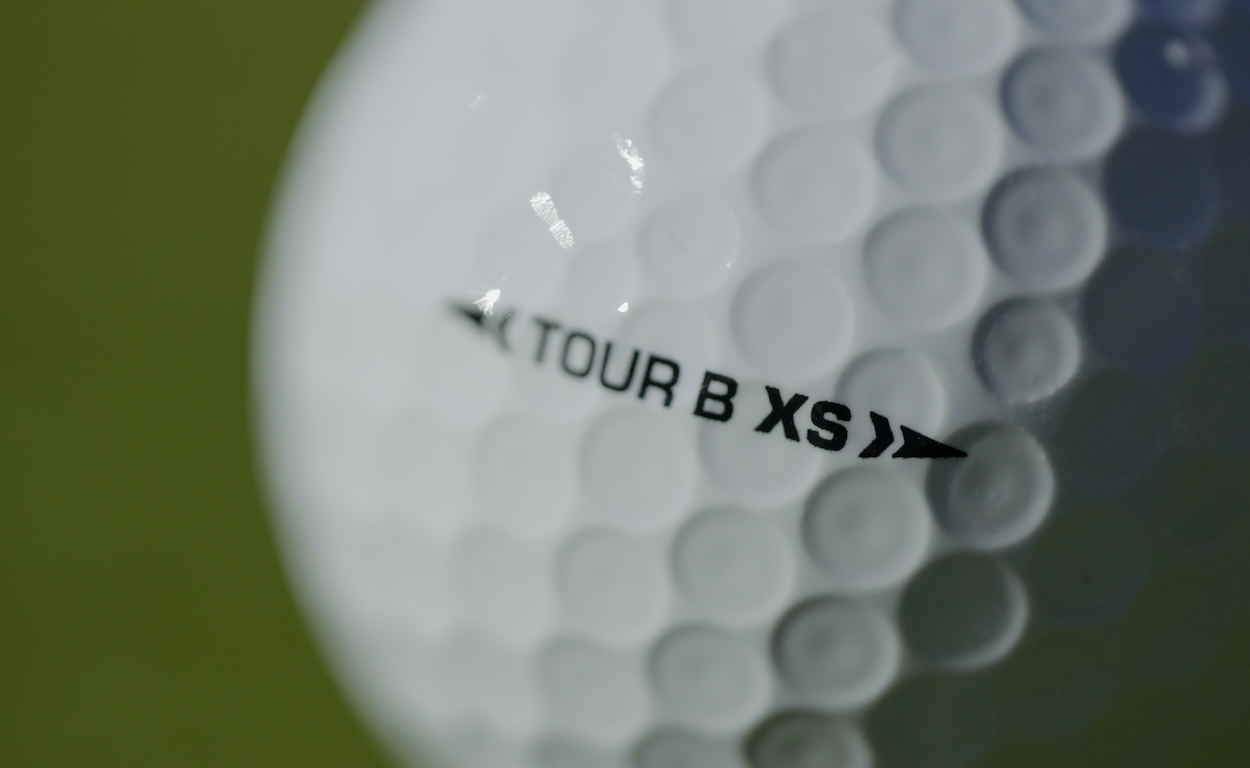
Bridgestone released the latest iteration of its Tour B golf ball in late January. While its autonomous ball fitting robot (OTTO) grabbed quite a few headlines at launch, we’ve seen consistent chatter about the Tour B lineup in the GolfWRX forums, and Jason Day signed on to play the company’s Tour B X.
Endeavoring to go beyond the standard launch release talking points (read all of those in our launch piece here), we wanted to dive deep on the Tour B lineup to answer the questions in GolfWRXers’ minds and get more nuanced information on the development of the Tour B — and, of course, Tiger Woods’ role in its development.

Tiger Woods testing Bridgestone Tour B prototypes. (c/o Bridgestone)
Fortunately, Bridgestone’s Golf Ball Marketing Manager, Elliot Mellow, was willing to answer all our questions. Check out our conversation below.
GolfWRX: Four Tour B golf balls. Can you succinctly break down the Tour B lineup?
Elliot Mellow: Ball fitting is at the heart of what we do at Bridgestone, with that in mind each of the four Tour B golf balls are designed for a specific player profile. For the faster swingers, over 105 mph driver swing speed, we have the Tour B X, which is a distance oriented golf ball, and we have the Tour B XS which is designed for added short game control. Looking at players that swing under 105 mph, we have the RX for distance and the RXS for more spin with irons and wedges.
GolfWRX: Let’s dig a bit deeper. What’s the simplest way to explain and understand the Reactiv IQ cover?
EM: We are part of Bridgestone tire and rubber, which is the largest producer of consumer rubber products in the world. The golf ball is made out of rubber, and we are always looking for ways to push the envelope from a design standpoint and we have a great network on engineers that we bounce ideas off of.
We are a few years in now on our study of contact science. Contact science is all about optimizing the moment of impact for the unique needs of each shot. In the past it was difficult to decouple the relationship of distance and spin, for example, you could make a long golf ball but at the detriment of short game control or vice versa.
What we have done with Reactiv iQ is we have added impact modifiers to the cover that allow us to create a cover formulation that is optimized for each of the four Tour B models. The impact modifiers allow the cover to firm up and become faster when struck violently with a driver. On the flip side of that, on a softer impact with an iron or a wedge, the ball has more dwell time, or as Tiger says: “more face time,” so the loft and groves of the club can impart more spin and control.
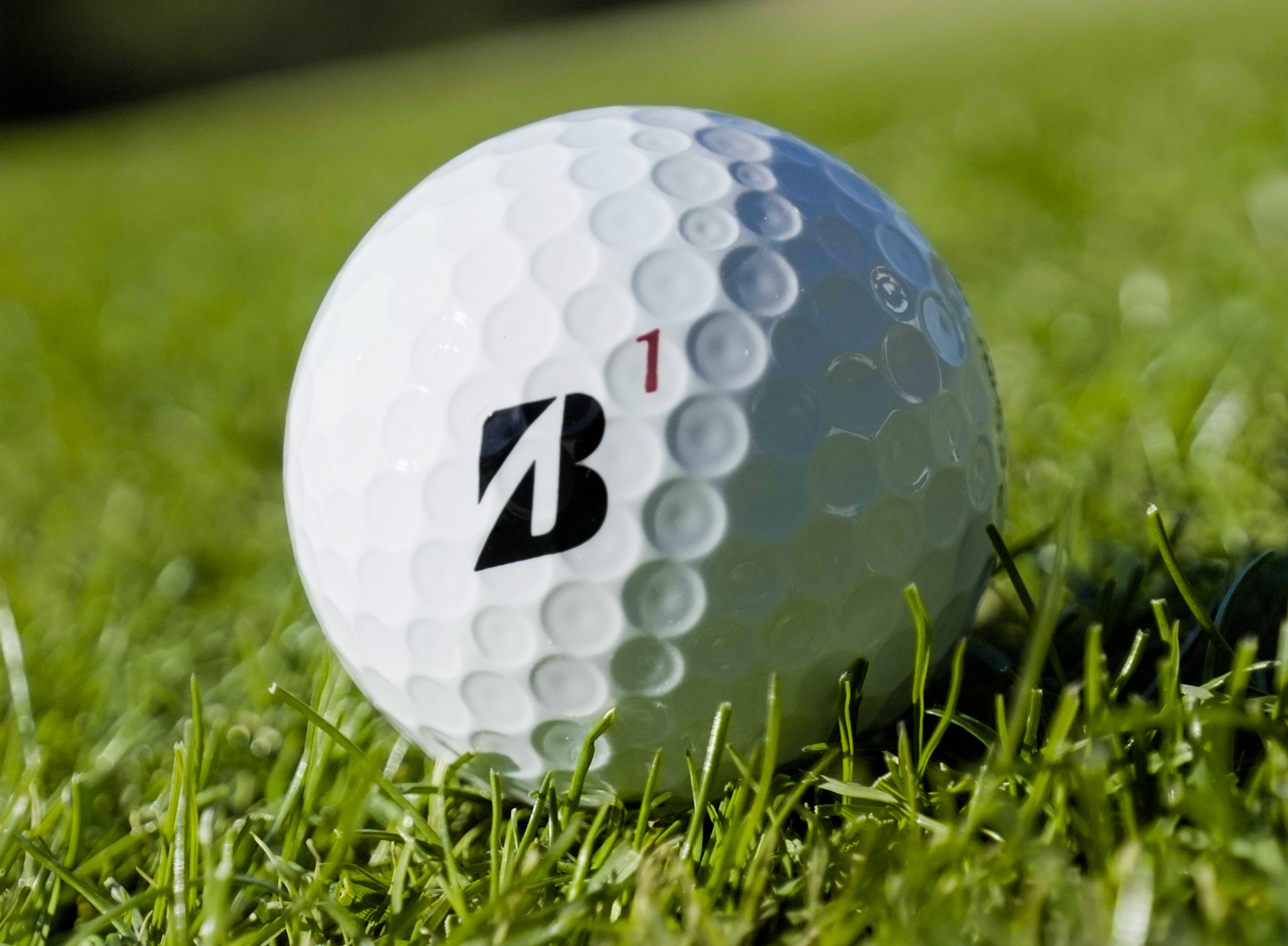
GolfWRX: What was the testing and development like?
EM: Yes, that’s a good question, and honestly the answer might surprise you in terms of the amount of time it takes. Take for example the 330 Dual Dimple pattern that is on Tiger’s Tour B XS, that dimple took about 8 years of R&D alone to design; perfect the drag coefficient and the lift and trajectory. There was a lot that went into that dimple design between computer modeling, robot testing, and player testing.
You look at the Reactiv iQ cover, for example, and really the design process started back in the summer of 2016. In the early phases, we make prototype balls in the sample lab and robot test them under a wide range of conditions. As the prototypes reach a phase where we feel they are potentially viable, we start to introduce player testing. Player testing can include our pro players but also includes amateur golfers who we invite to our testing facility in Covington, Georgia.
At any given time we are testing and developing technologies that you might see in the market in just a few months and others are more long term projects that might be up to 10 years out. Innovation is in our blood, so we are constantly striving to improve.

GolfWRX: We have to ask: What is the process of working with Tiger Woods like? His ball testing and the insights he offers engineers have to be unique…
EM: As you might imagine, Tiger is meticulous when it comes to testing, but at the same time it’s something I think he enjoys. The same way players work on their swing and fitness, they also work on their equipment, and obviously Tiger wants to have a hand in helping to design that equipment.
Having said that, we really enjoy testing with Tiger because the level of feedback he provides to us is above and beyond what we are able to capture with our robots and launch monitors. The other thing we like about testing with Tiger is his feedback ultimately goes into designing many of our balls even though he only plays the Tour B XS. What I mean by that is he might hit a shot that launches outside of his window or has a different spin rate than he prefers, but he is still proving us feedback that we ultimately can apply to other prototypes to improve balls like the RXS and RX.
At the end of the day, in our experience working with Tiger, he wants a ball that is long, in his window when he looks up, and gives him great control around the green.
GolfWRX: Pivoting to something more technical — and a question I know GolfWRXers have — How does the spin separation between driver and wedge work?
EM: Spin separation is an area that we have really been focusing on and the Reactiv iQ material really lets us take it to the next level. Spin separation is the design concept of designing a ball that has low driver spin and is efficient off the tee while on the other hand offers higher spin around the green for more control.
With traditional dimples it can be difficult to decouple this relationship and have success off the tee and around the green. Sure, things like the mantle layer that have tangential force to counteract driver spin can help with spin separation, but the design flexibility of the Reactiv iQ material is really next level. Think about a football helmet as an example, when you put the helmet on the padding is soft and squishy, then when you take a hit the padding firms up and pushes back against the force that is hitting you. With Reactiv iQ, essentially this same phenomenon is happening; around the green the material is soft and super high spin, yet when hit violently with a driver it becomes fast and efficient for maximum distance.
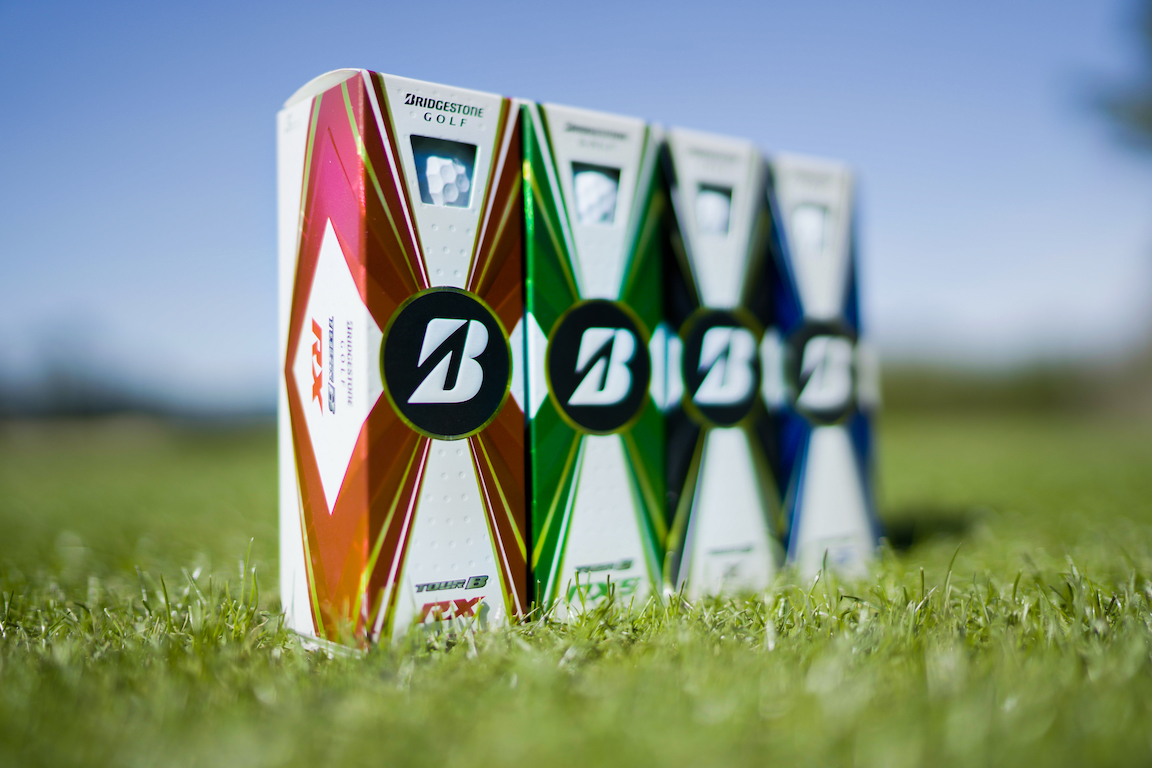
GolfWRX: Can you drill down on the spin difference between Tour B X and XS, specifically?
EM: So, the Tour B XS is the ball that Tiger helped us design and it is super high spin around the greens. Tiger grew up playing spinny golf balls and knows how to manage the spin and how to dial back as needed. The Tour B X on the other hand has a slightly firmer cover formulation, designed for lower spin on all shots — but don’t get me wrong the X still has plenty of short game control and it is our number one model played on Tour.
GolfWRX: One final note here — and something that often gets overlooked in the golf ball space — you’re big believers in ball fitting. Can you provide any cautionary tales about playing the wrong ball?
EM: Playing the best ball for your game is crucial to success on the golf course. Every golf ball on the market is designed with unique performance characteristics that can work to your advantage and also work against you if used improperly. Take for example someone who is directionally challenged — someone who slices the ball. If that player is using a high spin pro ball that is designed to be worked off the tee, that ball can actually end up accentuating their slice and making the ball fly even more off line. I’m not saying it’s a bad ball, it maybe just isn’t one that is suited for a player that tends to have high side spin.
What we find time and again is that most amateur players can benefit from a lower compression ball such as our RX or RXS. The lower compression balls are easier to compress, which should lead to higher ball velocity, higher launch, and lower spin off the tee; all of which should help create longer and straighter drives. I tell people all the time, if you have more energy going straight down the fairway and less energy going right into the trees, it’s ultimately going to produce longer drives.
GolfWRX: How should the average player determine the best golf ball for them?
EM: This is a question we get frequently and I am glad folks are interested enough to be asking about it. When you break down your bag and really think about it, the golf ball is the once piece of equipment that you use on every shot, so making sure you’re playing one that fits you is important. To date, we have over 2.5 million amateur swings in our database and are the No. 1 ball fitter in golf. So, what we have done is we have taken all of that swing data and designed a tool on bridgestonegolf.com that allows golfers to easily find their fit. There are two ways to do it actually. The easiest way is to answer a series of questions about your game and ball flight, and on the back end our tool is cross referencing the database to determine which ball fits you. For golfers that are a little bit more into the data and maybe fresh off a recent driver fitting, we have another option to get fit by inputting your launch monitor numbers. Both options for fitting are great ways to quickly and easily find your fit.
Equipment
BK’s Breakdowns: Cameron Young’s winning WITB, 2025 Wyndham Championship

Cameron Young’s WITB from his win at the 2025 Wyndham Championship. Cameron is a Titleist staff player but his bag is definitely filled with some unique clubs. Here are the clubs he used to secure his first PGA Tour win!
Driver: Titleist GT2 (9 degrees, A1 SureFit setting)
Shaft: Mitsubishi Tensei 1K Pro Orange 70 TX
3-wood: Titleist GT3 (15 degrees)
Shaft: Mitsubishi Tensei 1K White 80 TX
Hybrid: Titleist GT2 (21 degrees)
Shaft: Fujikura Ventus HB Black VeloCore+ 10 X
Irons: Titleist T200 (4), Titleist T100 (5), Titleist 631.CY Prototype (6-9)
Shafts: True Temper Dynamic Gold X7 (4-9)
Wedges: Titleist Vokey Design SM10 (48-10F, 52-12F, 56-14F @57), WedgeWorks (60-K* @62)
Shafts: True Temper Dynamic Gold X7
Putter: Scotty Cameron Phantom 9.5 Tour Prototype
Grips: Golf Pride Tour Velvet Cord
Ball: Titleist Pro V1x Prototype
Whats in the Bag
Peter Malnati WITB 2025 (August)
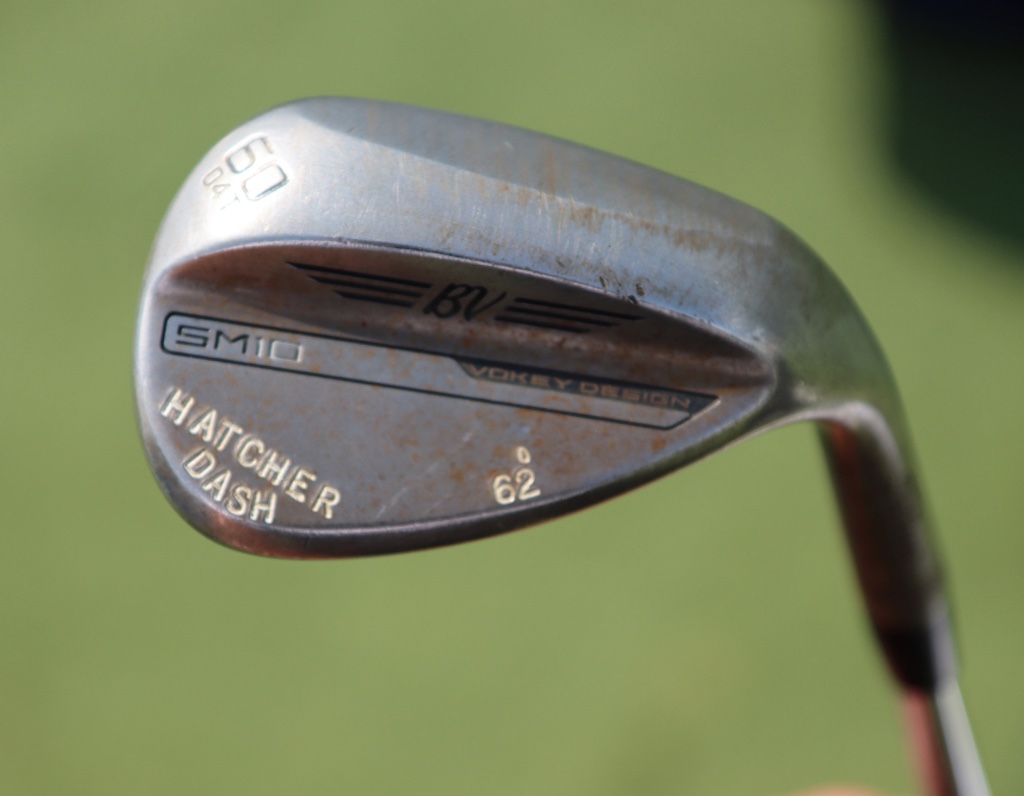
- Peter Malnati what’s in the bag accurate as of the Wyndham Championship. More photos from the event here.
Driver: Titleist GT3 (10 degrees, C2 SureFit setting)
Shaft: Project X Denali Blue 60 TX
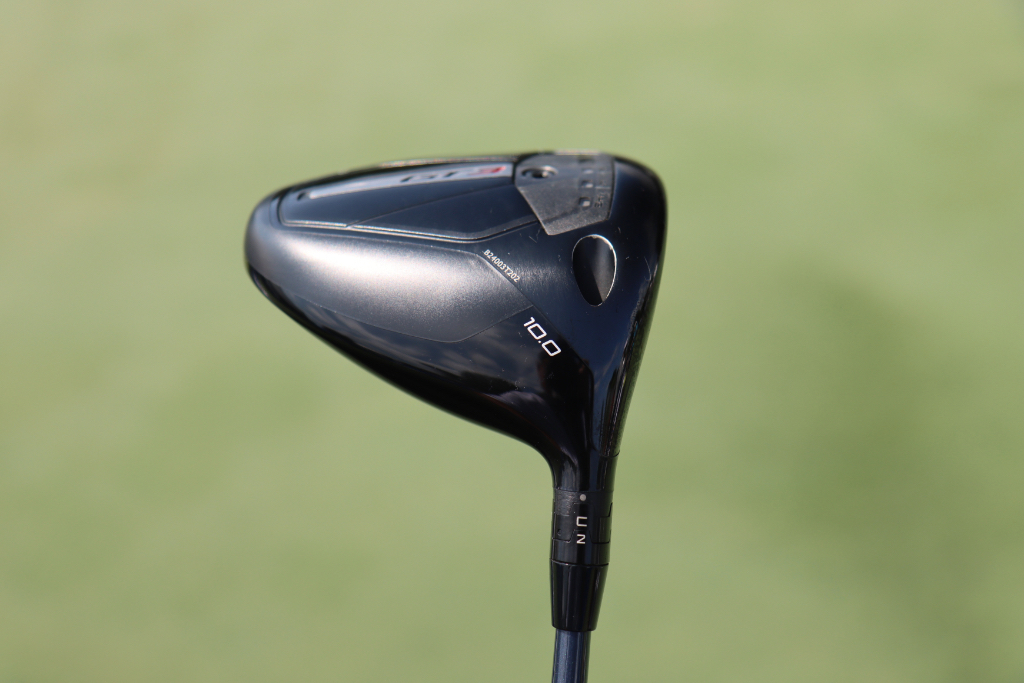

3-wood: Titleist GT3 (15 degrees, A1 SureFit setting)
Shaft: Fujikura Ventus TR Blue 7 X
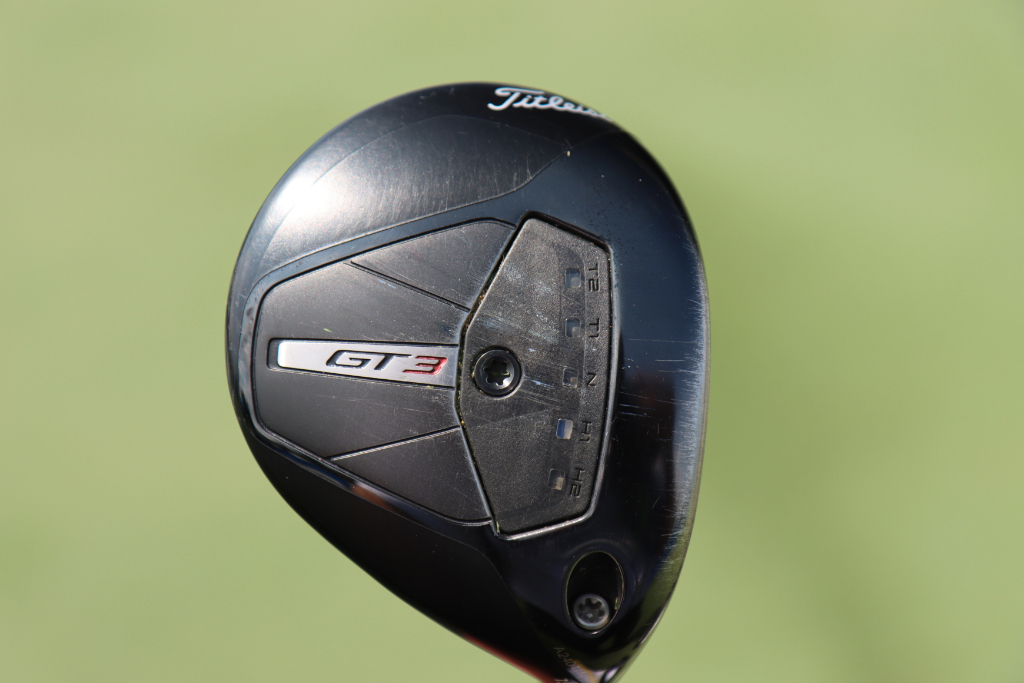
7-wood: Titleist GT2 (21 degrees, D1 SureFit setting)
Shaft: Fujikura Ventus TR Blue 8 X
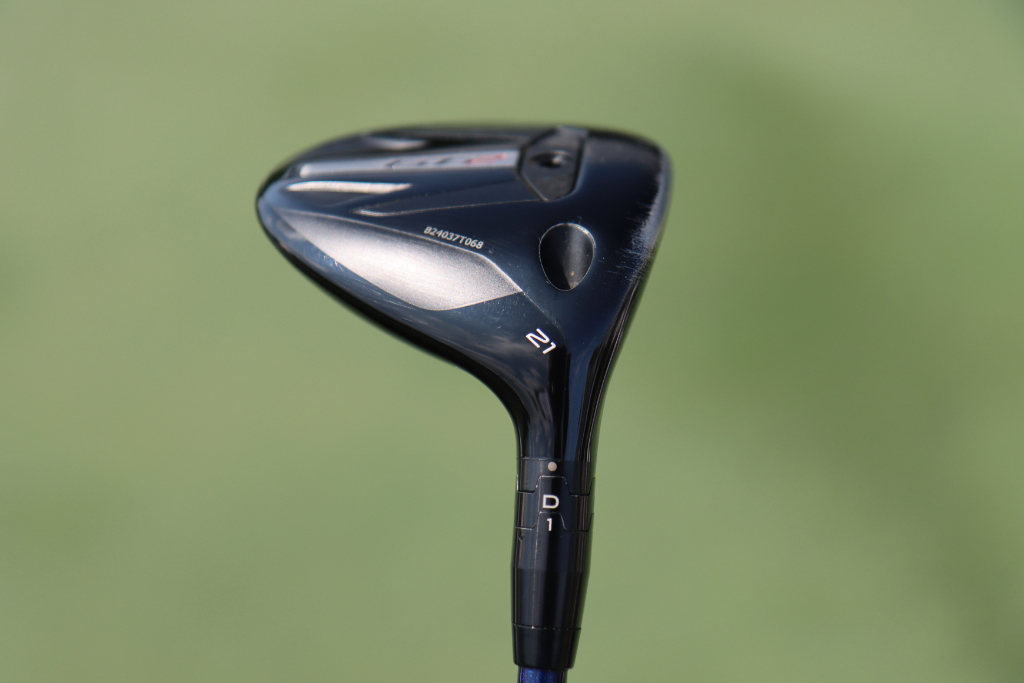
Irons: Titleist T150 (4, 5), Titleist T100 (6-9)
Shafts: True Temper AMT Tour White X100
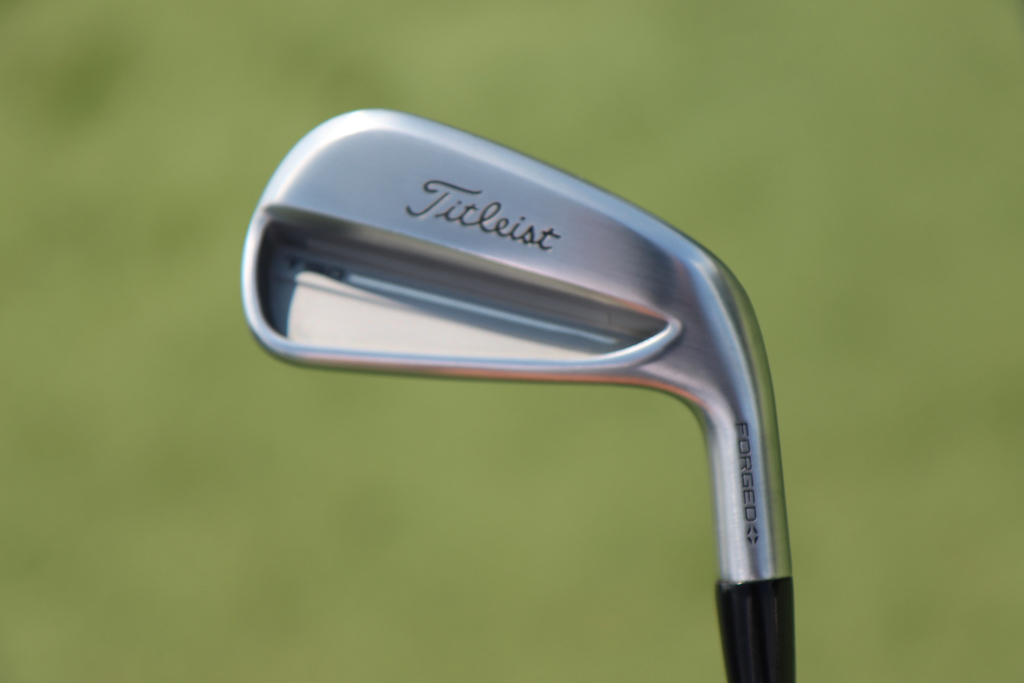
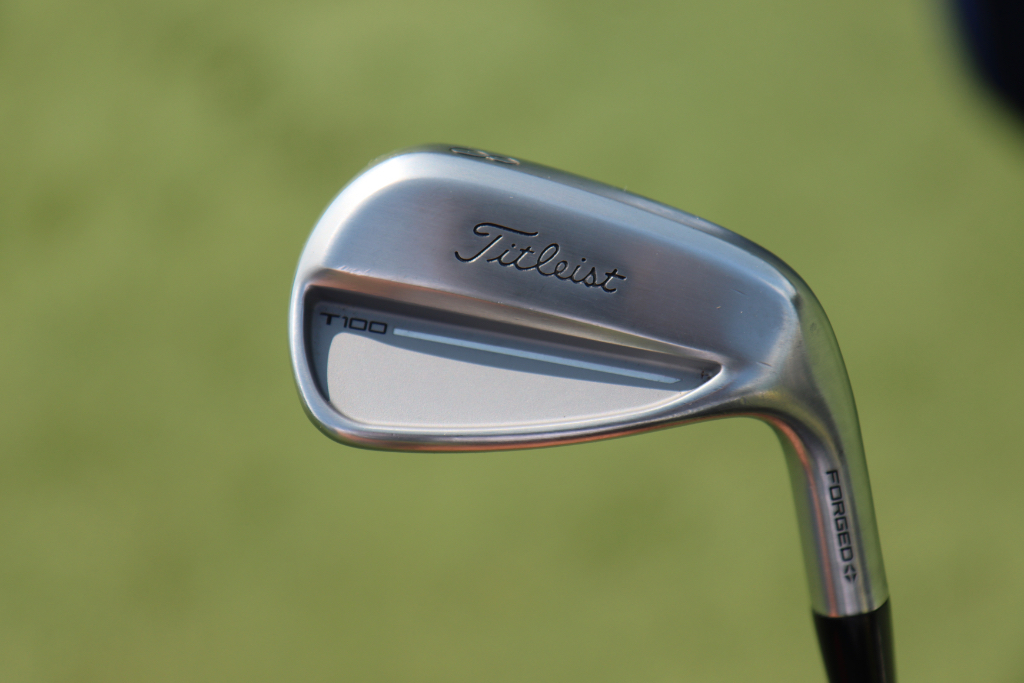
Wedges: Titleist Vokey Design SM10 (48-10F @47, 52-12F, 56-08M @57, 60-04T @62)
Shafts: True Temper Dynamic Gold Tour Issue S400
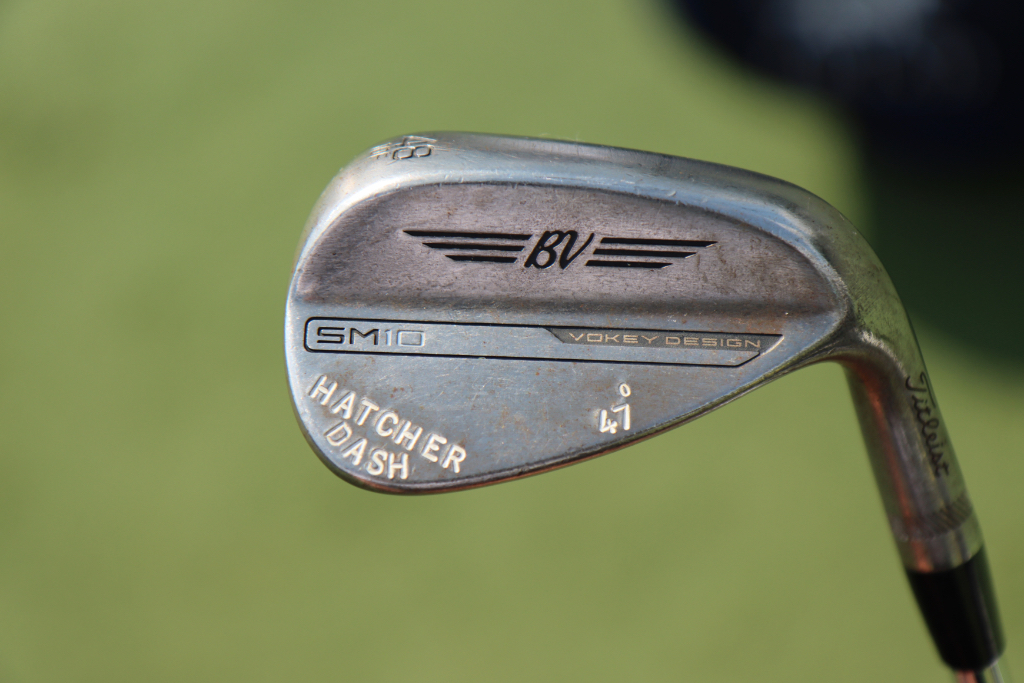
Putter: Scotty Cameron Studio Style Fastback 1.5 Tour Prototype
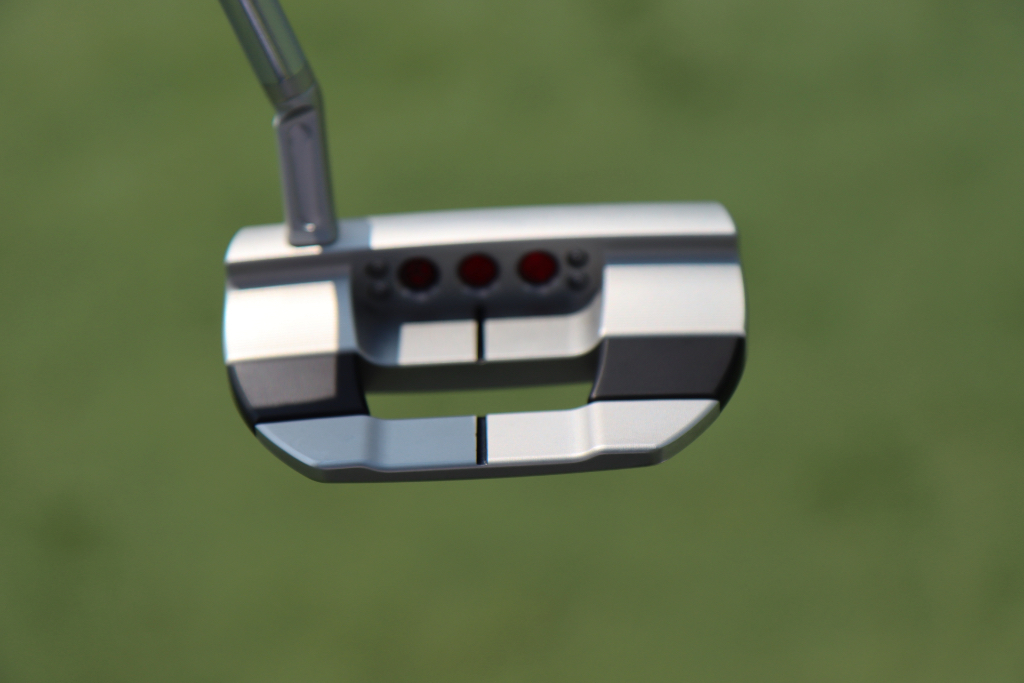
Grips: Golf Pride Tour Velvet
Ball: Titleist Pro V1x Yellow
Equipment
GolfWRX Members Choice presented by 2nd Swing: Best driver of 2025
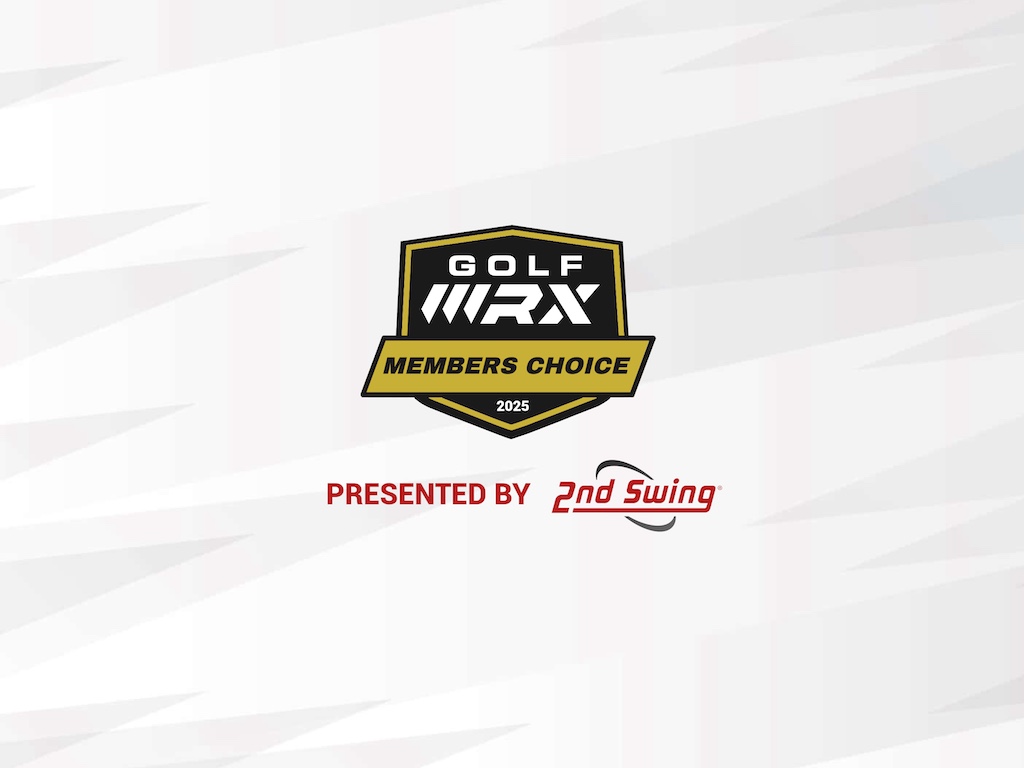
We’re proud to once again partner with 2nd Swing Golf to bring you GolfWRX Members Choice 2025! 2nd Swing has more than 150,000 new and pre-swung golf clubs available in six store locations and online. Check them out here.

What is the best driver in 2025? At GolfWRX, we take great pride in our online community and the cumulative knowledge and experience of our members. When it comes to the best driver of 2025, we want to know what our forum faithful think.
Since our founding in 2005, the bedrock of GolfWRX.com has been the community of passionate and knowledgeable golfers in our forums, and we put endless trust in the opinions of our GolfWRX members — the most knowledgeable community of golfers on the internet. No other group of golfers in the world tests golf clubs as frequently or as extensively, nor is armed with such in-depth information about the latest technology.
Below are the results of GolfWRX member voting for the 2025 best driver, along with the vote percentage for each club.
Best driver of 2025: The top 5
5. Callaway Elyte Triple Diamond: 6.02%
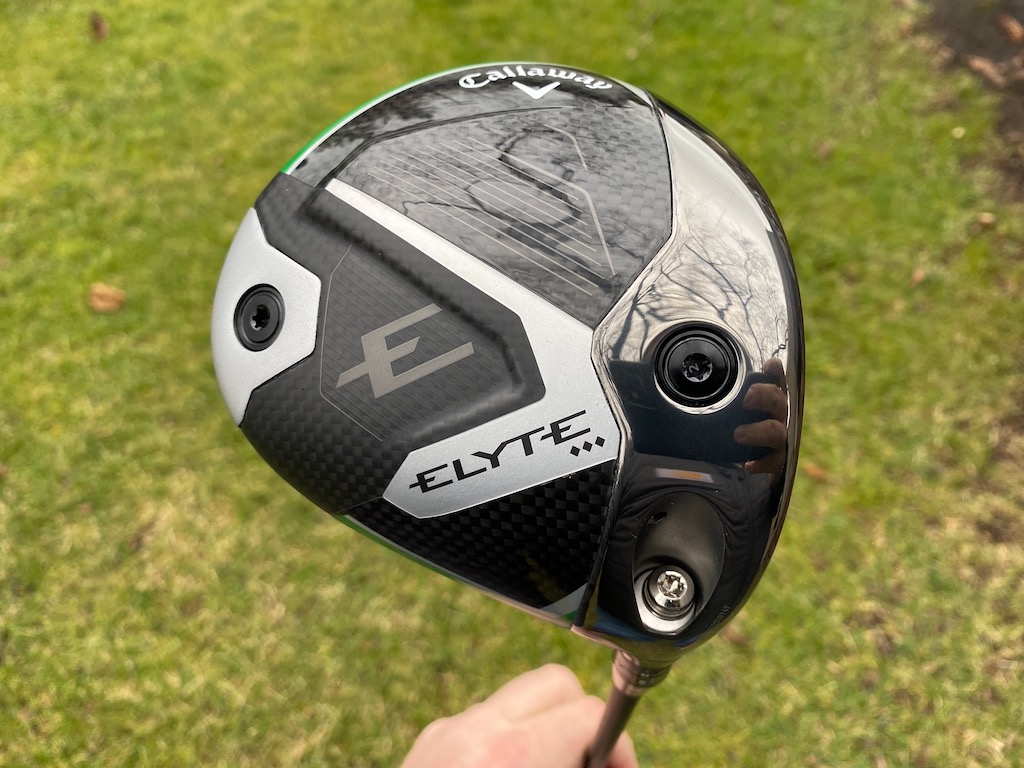
Callaway’s pitch: “For golfers looking for a fast, forgiving, yet workable driver, the Elyte Triple Diamond features a tour-inspired shape and is the preferred model by most Callaway tour players.”
You can read what other golfers are saying about the driver in the GolfWRX forums, and see our launch piece here. Shop the Callaway Elyte Triple Diamond here.
4. Ping G440 Max: 6.86%
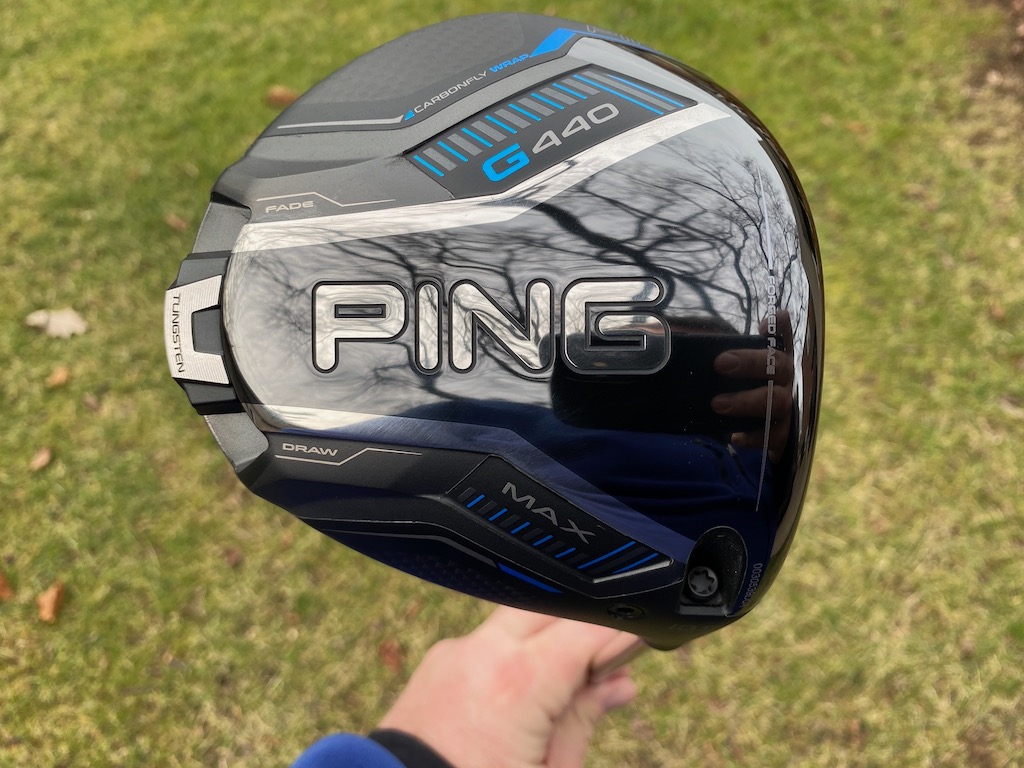
Ping’s pitch: “The most forgiving G440 model, MAX has a hotter face to generate speed and distance, and a lighter overall system weight with a longer shaft (46″) for faster clubhead speed, higher launch and longer carries. The Free Hosel and Carbonfly Wrap crown save weight to create our lowest CG ever and increase forgiveness while contributing to a more muted, pleasing sound.”
You can read what other golfers are saying about the driver in the GolfWRX forums, and see our launch piece here. Shop the Ping G440 Max here.
3. Ping G440 LST: 9.53%
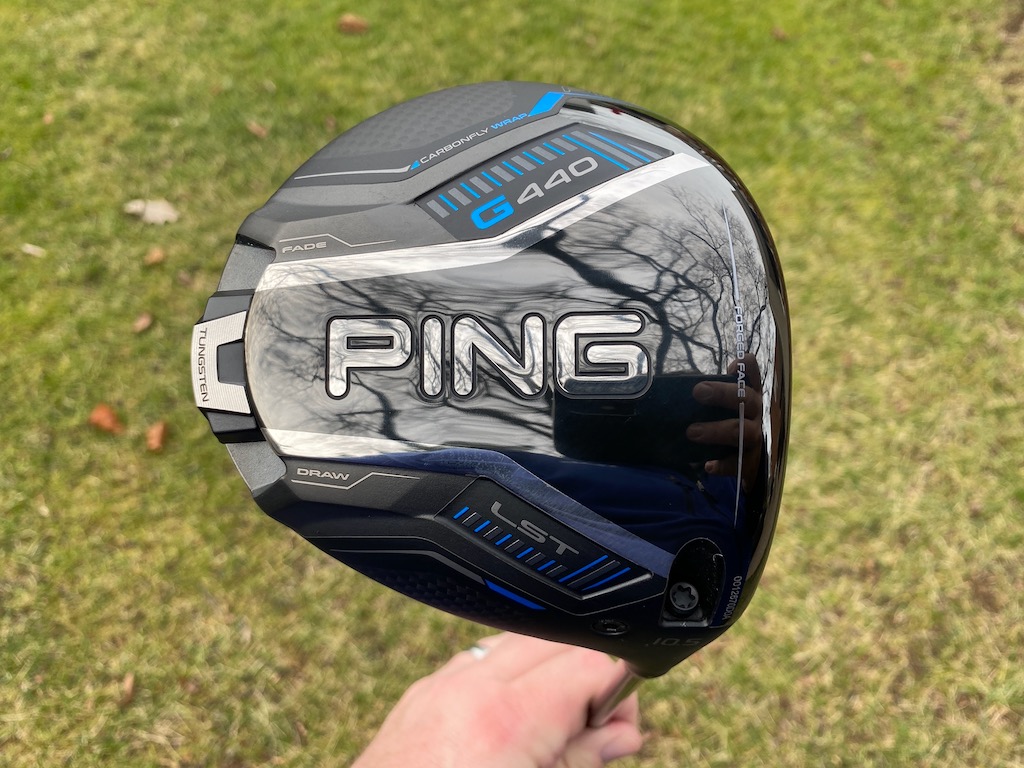
Ping’s pitch: “LST is an especially good fit for faster swings, offering less spin and more control with a penetrating trajectory. A hotter face, lighter overall system weight and longer shaft (46″) deliver more speed and distance while maintaining tight dispersion.”
@phizzy30: “Not a fan of Ping drivers in general, but 440 LST takes the cake. It’s super forgiving across the face for a low spin head, looks and sounds good and the ability to make it play neutral or slightly fade biased through the hosel settings is very appealing.”
You can read what other golfers are saying about the driver in the GolfWRX forums, and see our launch piece here. Shop the Ping G440 LST here.
2. Titleist GT3: 16.55%
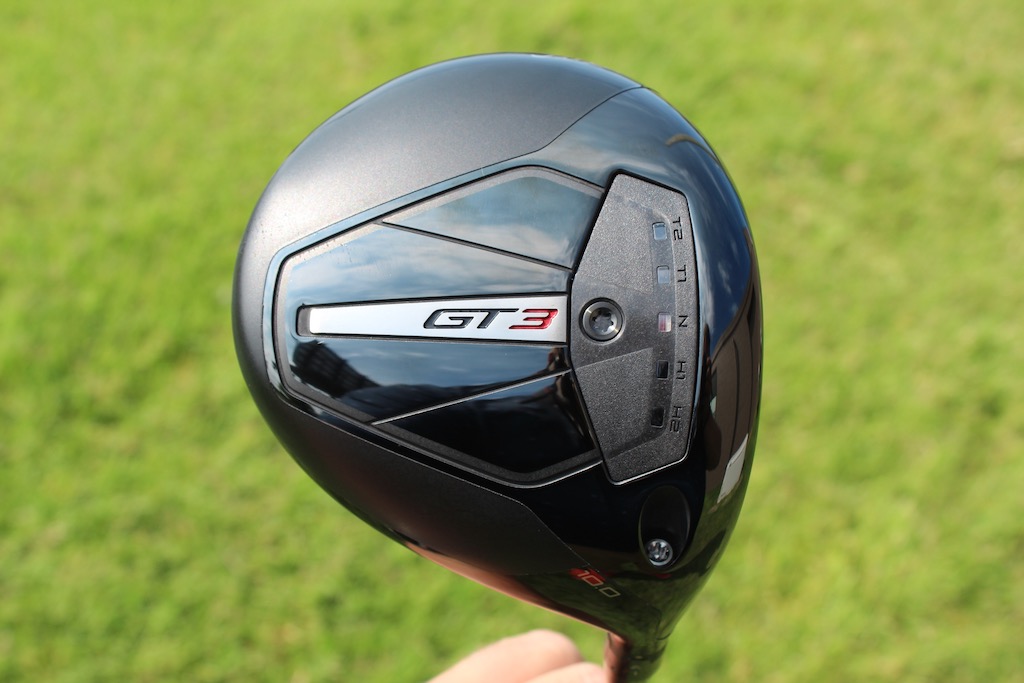
Titleist’s pitch: “The GT3 Driver offers Titleist’s boldest combination of power and personalization through adjustable performance. Dial in the CG Track to your frequent contact location to make your biggest drives even bigger while taking total control over flight and shaping.”
@mrmikeac: “I’ve been Anti-Titleist for years and years and years (outside of Vokey, of course). With that being said, HOLY BEGEEZUS the GT3 driver is an absolute NUCLEAR MONSTER! This thing blew my G430 10K Max out of the water in every single category. Forgiveness is the biggest thing that stands out of me, the 3 model has always been one of the less forgiving models in the past but this GT3 can take bad shot after bad shot and still end up in the fairway, I think a ton of that has to do with the adjustability, it’s actually effective. Feel and sound is perfect, that solid crack is so addicting to hear and when you hit it out the screws this thing can absolutely bomb it. Titleist, I’m sorry for doubting you. You have converted me.”
You can read what other golfers are saying about the driver in the GolfWRX forums, and see our launch piece here. Shop the Titleist GT3 here.
1. Titleist GT2: 22.91%
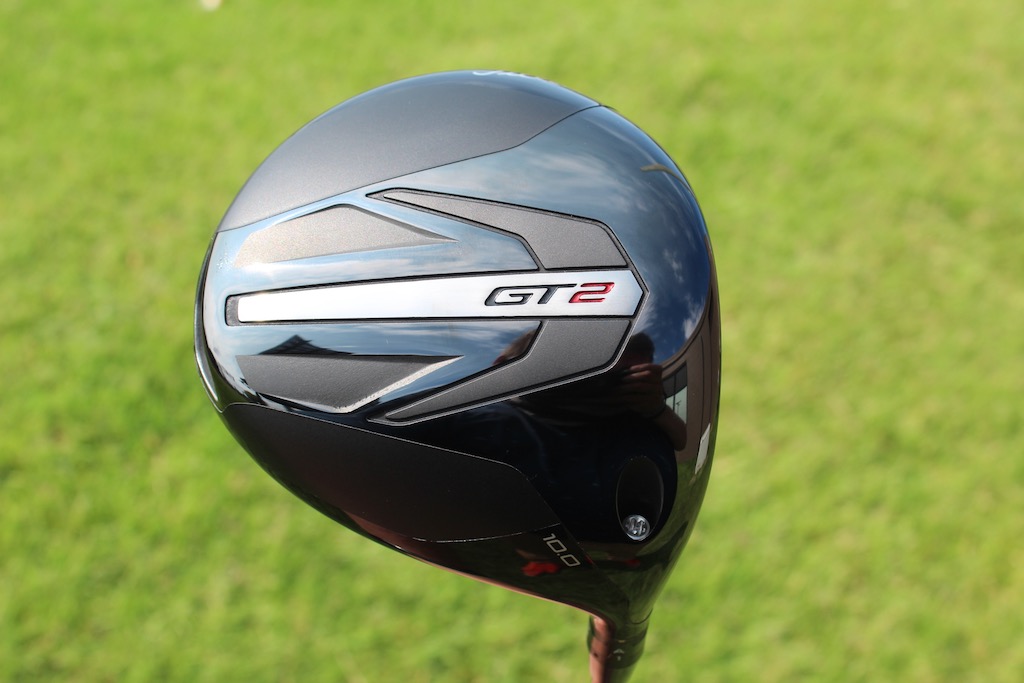
Titleist’s pitch: “Delivering impressive distance from any impact point, the Titleist GT2 Driver extracts maximum performance through a forgiving design. Get the stability and added confidence of a high-MOI driver without sacrificing speed.”
@DTorres: “The Titleist GT2 has proven to be the best driver of the year. Packaged in a classic profile, GT2 perfectly balances performance and forgiveness while consistently being a high performer across all categories.”
You can read what other golfers are saying about the driver in the GolfWRX forums, and see our launch piece here. Shop the Titleist GT2 here.
Other drivers receiving >2% of the vote
| Driver | Vote percentage (%) |
|---|---|
| Cobra DS Adapt Max K | 4.85% |
| Ping G430 Max 10K | 3.85% |
| Callaway Elyte Triple Diamond | 3.68% |
| TaylorMade Qi35 | 3.51% |
| Callaway Elyte | 3.18% |
| Cobra DS Adapt X | 2.34% |
| Cobra DS Adapt LS | 2.17% |
| TaylorMade Qi35 LS | 2.17% |
View this post on Instagram










Pingback: Bridgestone launches new Augmented Reality web app: Bridgestone Golf Experience – GolfWRX